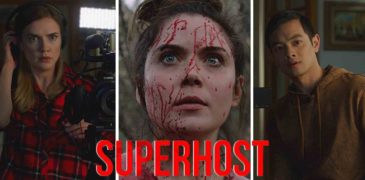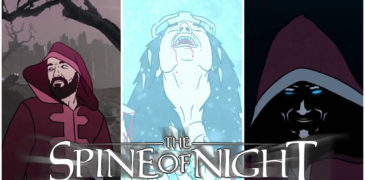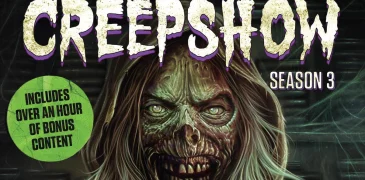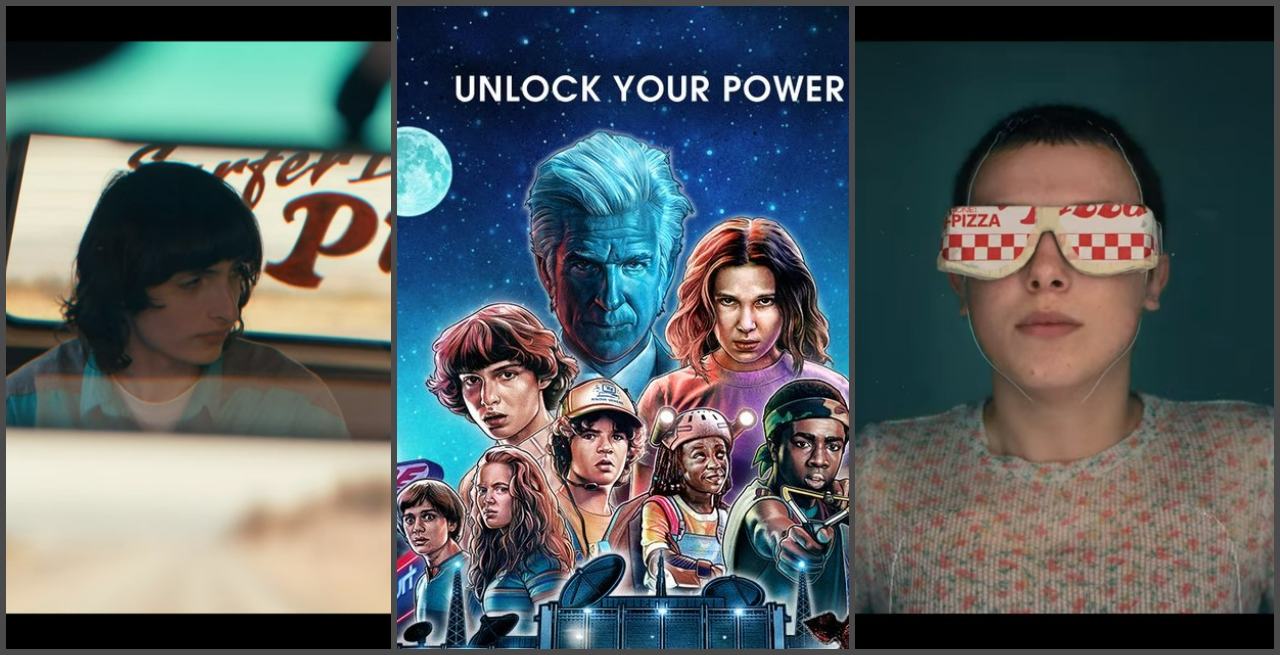
One of Netflix’s most popular original series builds the action, leans into horror, and sets up the final, fifth season!
**This review contains spoilers**
“What have you done?”
Full disclosure: I’ve never been a huge fan of this series. I’ve always liked it, but never loved it. Maybe it’s because I was born in 1988, and didn’t start watching movies until the late aughts, so I have no nostalgia for the 80s. In any case, I approached the penultimate season expecting to feel the same. However, I was spectacularly wrong…
Stranger Things has always billed itself as a sci-fi/horror mashup, while also combining elements of the preteen/teen thriller and 80s nostalgia genres. Showrunners announced ahead of time that they would be “leaning into” the horror genre this season. It’s a world where dead people aren’t really dead, missing kids aren’t really missing, and nothing is as it seems.
But, season 4 takes a decidedly darker turn, not only embracing horror but also more twisted plots and themes. We have watched the characters – and the actors – grow up on-screen, and as the characters are now more mature, they are dealing with more mature content. One of the main draws of this series was seeing pre-teens as fully fleshed-out, complex characters, but now seeing the same kids as teenagers feels very organic. It’s ambitious, and the final result is the best season to date.

Eight months have passed since the events of season 3. Eleven has been forced to move with Will and is being bullied to not be adjusting well to a normal life, but she is eventually taken somewhere secret to regain her powers. Joyce is convinced that Hopper is alive, and embarks on a journey to the heart of the Soviet Union to rescue him. In Hawkins, teenagers are mysteriously being killed, and the local D&D club, Hellfire, is being blamed. As the series progresses, we see Hopper battling creatures from the Upside Down in the Soviet gulag where he is held, Eleven unraveling the secrets of her past — and present, and the local gang tracking down the murdered teens to something or someone back in the Upside Down, while battling the local popular kids who blame them.
The pacing is taut, with a plot that doesn’t feel contrived, and is easily bingeable. ST has essentially given us the same Big Bad across all four seasons – and the same secondary villain as well. However, the fourth season finally connects the two. The creatures from the Upside Down, who have been kidnapping and/or killing folk since way back in season 1, keep getting defeated by the gang, until the next season, when a new one emerges. In the penultimate season, we meet the Final Boss, whose identity reveal is itself a plot twist, and find out that he is indeed connected to the secondary villains that kept Eleven in a laboratory to develop her psychokinetic powers. We are also given a bit of a secondary Final Boss here, the man who started it all, gave the children their numbers and tattoos, and has been torturing kids to harness their powers. The main villain is also multi-dimensional, with some good intentions and a capacity for empathy, none of which makes his monstrous acts any more palatable.
The three main storylines converge in the last two hours, and each character – who are divided into groups as a fun dynamic – have an essential role to play collectively in the final, epic showdown. It is deeply satisfying to watch each bumbly kid step up to the plate to be badass heroes, and to watch the very lovable adults do the same. Every character’s part is essential, and the mission would not succeed if any one of them failed. The action doesn’t slow down and instead continues to build momentum, being gripping till the very end. The conclusion is an impressive case of Chekhov’s gun – no previous character or storyline is wasted.
Following the big finish, we’re given the calm after the storm, to the point where the audience may believe this season won’t end with a cliffhanger. Nevertheless, we are given, arguably, the biggest one to date. The Upside Down is converging with the real world, right here in Hawkins, and while everyone battled so hard, so collaboratively, the villain wasn’t, ultimately, destroyed. So now, it seems, he is coming to take his vengeance on the entire town (or perhaps the whole world).
This season gives us a new element of 80s nostalgia, too, in the form of US-Russia Cold War nostalgia. It does give in to some lazy, Slavophobic stereotypes, where Russians are one-dimensional villains, but at least it gives us some Russian heroes, and actors who can actually speak the language. Plus, the gulag in question is filmed in the actual former prison camp Lukiškės, which was used by the Nazis, followed by the Soviets, then the post-Soviet Lithuanian government until its closure in 2019. (And the aforementioned government is now saying they will turn it into a Stranger Things-themed Airbnb.)
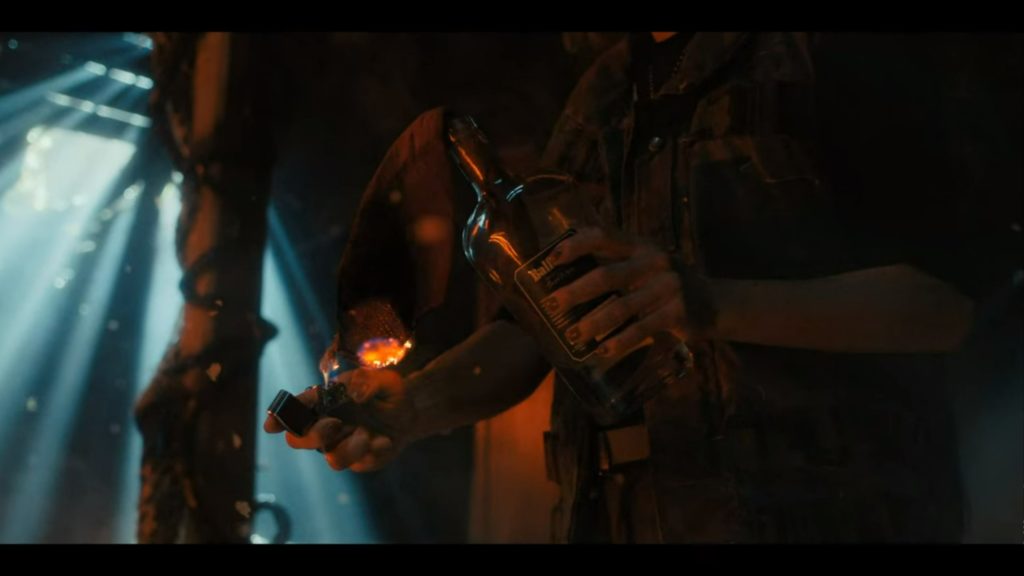
The thematic content, while taking a backseat to the plot, is generally about being an outsider or misfit in various settings. Eleven (El)’s difficulties with fitting in and civilian life, in general, have been a running theme throughout all four seasons, but we saw a stronger emphasis on this theme in these episodes. Eddie, the affable metalhead, is chased by proverbial villagers with pitchforks for a crime he didn’t commit; Eleven has had to move to a new school and is being horribly bullied; Hopper is literally a foreigner in a gulag, where he doesn’t speak the language; the Big Bad’s origin story involves being very, very different than his family as a kid. Furthermore, our heroes are members of the Dungeons and Dragons club, dubbed Hellfire, and the tertiary villains accuse them of being Satan worshipers.
The villain is also given a richer backstory, too, with multi-dimensional characteristics. His origin story is quite sympathetic, and we do feel for him. However, having him square off against Eleven allows the series to hold the diametric truth that he still needs to be destroyed, because she went through the same things he did, and became a hero instead of a villain.
The cinematography isn’t anything special or revolutionary, but it does keep the action and pacing fast, with some shots giving us insight into the characters’ subtext. The iconic soundtrack has been much discussed across social media, with the Kate Bush song “Running up that Hill” becoming so popular, decades after its release, that it has broken three different Guinness World Records. But, there are also many other great songs throughout the season. While there’s nothing particularly obscure, there are familiar tracks that viewers may have forgotten about, cashing in on those “memory unlocked” moments.
The strongest technical elements are writing, acting, and directing. There are many profound moments, none of which feel too heavy-handed or clunky. There is also a sense of real satisfaction in having the central mysteries of the overall series addressed. Many series, which thrive on keeping their viewers guessing, end up leaving more questions than answers by the end, but ST avoids the dangling cliffhanger/plot hole traps, tying it all together neatly. In terms of acting, each performer brings something to the table, and the cast has such electric chemistry that they become more than the sum of their parts.
The breakout performance is Jamie Campbell Bower, as the final boss, who is the most layered and complex villain we’ve yet seen. He is able to portray the mild-mannered laboratory orderly, who we find out later is the villain hiding in plain sight, the kid with staggering abilities who is disgusted with his own family, and is then taken into captivity and treated like a guinea pig, golden goose, and finally, the dangerous, murderous creature from the Upside Down. Bower is so convincing as all three that it’s hard to remember it’s the same actor playing each.
Considering how it’s become less sci-fi and more horror, is it scary? The answer will depend on the viewer. Personally, I found moments to be genuinely scary, especially several intense jump scares throughout, and a general sense of uneasiness ever-present. The final villainous sequence will seriously freak out younger viewers, or those who aren’t horror fans.
The only real criticism here is the bloated runtime of the individual episodes. Most of the episodes could be a feature-length film, with the last episode being a whopping 2 hours, 17 minutes. Having a significantly longer season – it clocks in at more than twice the run time of previous seasons – is not necessarily a bad thing, but it may have been better to break it up until smaller, more easy-to-swallow chunks. Some fans of the series will also be disappointed with its direction into darker, more action-packed waters (while other fans will be delighted).
Overall, a killer soundtrack, compelling characters who go from awkward nerds to full-blown heroes, epic action sequences, a heartbreaking death, and the mother of all cliffhangers give us the best season of Stranger Things to date.
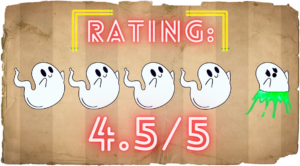
More on Netflix
Though the pandemic has seriously affected the way the world conducts business and we live our lives, filmmakers have been working to find a way to keep creating films in… The Spine of Night (2021) is an ultra-violent, animated dark fantasy horror, written and directed by Philip Gelatt and Morgan Galen King. Following the history of a land that never… Terrified, existing as one of the earlier Shudder exclusives, is a a supernatural horror film from Argentina that has seen a fair amount of accolades – it has been sitting… So often the horror genre seeks to hold a mirror up to society’s most profound and insidious anxieties. From concerns surrounding the development of nuclear weapons during the 1950s, as… Creepshow’s triumphant return for Season 3 brings an amplified dose of gore, exhilarating fun, and spine-chilling monsters. This season elevates the creature features to new heights, promising an intensified thrill… The latest addition to Shudder’s original collection has fans highly polarized. Set in a remote luxury villa, with scenes many movie fans will recognize from the California desert, it’s a…Superhost (2021) Film Review – Host-Mortem
The Spine of Night (2021) Film Review – Dark Rotoscope Animation Fantasy
Terrified (2017) Film Review – Do You Believe in Pure Evil?
Revenge (2017) Film Review – A Subversive Take on a Final Girl
Creepshow Season 3 (2021): Top 3 Episodes Ranked
The Seed (2022) Film Review – A Glitzy Shudder Original
Voting member of the Independent Spirit Awards. Charter subscriber to the Criterion Channel. Silent and pre-code horror enthusiast. In my “real” life, I’m a human rights activist, social scientist, and burlesque performer
